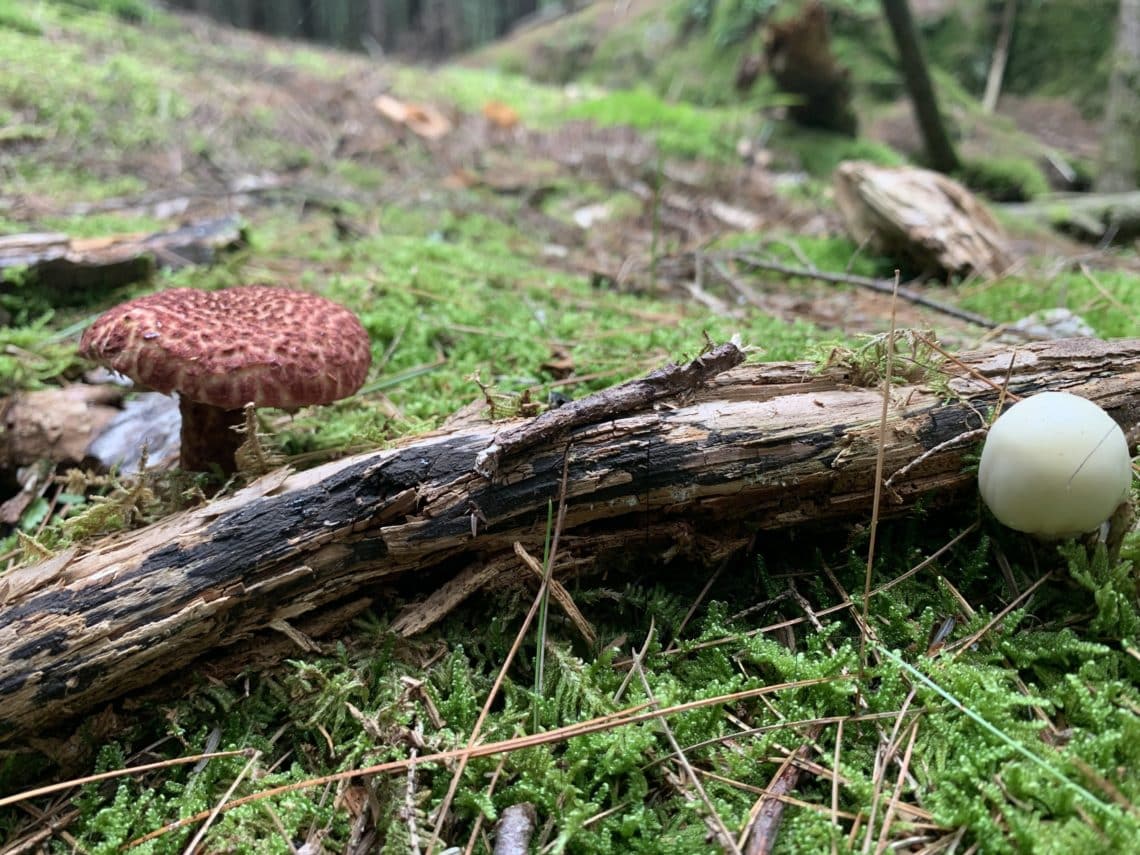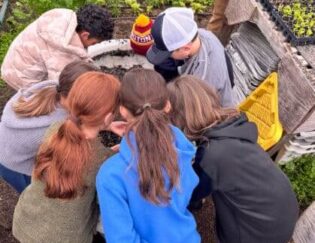Summer Camp is Like a Fungus
February 3, 2023
2 min read

Summer camp is like a fungus. Bear with me.
Recent research in the field of forest ecology has up-ended our understanding of how trees interact with each other. Western science had assumed that trees compete for sunlight, nutrients, and water, and that the tree with the widest crown and the deepest roots was the fittest individual and would out-compete those around it.
We now know that, hidden below the forest floor, a robust system of fungal “roots,” known collectively as mycelium, connects one tree to another. This system, nicknamed the “wood wide web,” carries not only information from tree to tree, but also nutrients, carbon, and water. Through this fungal connection, one tree can warn others of an encroaching pest or redistribute nutrients to where they’re needed most. For example, the deciduous tree can support the evergreen in the summer when the evergreen is shaded, and vice versa in the winter, when the deciduous tree is leafless.
The conclusion that a forest behaves more like a cooperative collective than a jumble of competitive individuals is delightfully affirming of the concept of community in general. It’s also a convenient metaphor for summer camp. The campers and staff who have spent the summer here in years past cannot help but be connected to each other by the mycelium that is summer camp. Experiences, values, and in the case of meals in the dining hall, literal water and nourishment, are shared and exchanged.
This connective web does not disappear when the last camper returns home. In the rest of the year, and indeed in the rest of our lives, as we tend to the friendships that were founded here, and treasure the memories of sunshine, lake water, and shared food, this connection to Glen Brook and to each other continues to nurture and uplift us, as individuals and as a community.
Ellen Schmidt
For more on the science and symbolism of the wood wide web, check out the work of Suzanne Simard



